Among terrestrial animals, ungulates stand out as a unique group of mammals that walk not on their whole feet, but on the tips of their toes—specifically, on hooves. Do you know which animals are classified as ungulates? What unique features do they have? This article will help you fully understand what ungulates are, with detailed profiles of 10 representative ungulate mammals, including their life habits, anatomical traits, and ecological roles.
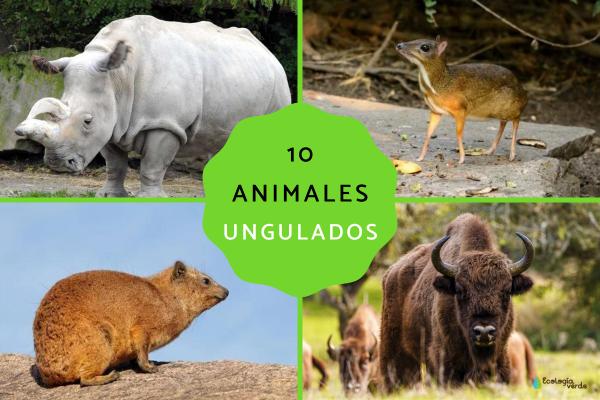
Ungulates are a diverse group of mammals distinguished by walking on hooves—the hard, protective coverings at the tips of their toes. They usually have long, strong legs and walk with only the tips of their toes touching the ground, making them well-adapted for running, migration, and bearing heavy loads.
Key characteristics of ungulates include:
Hoof structure: The ends of their toes are encased in tough, keratinized hooves, which may be split (cloven) or single.
No sharp claws: Unlike many other mammals, ungulates lack sharp claws.
Unique gait: They walk on the tips of their toes or split hooves, facilitating fast and efficient movement.
Mostly herbivorous: The majority of ungulate species feed on grasses, leaves, and fruits, though a few exceptions exist.
Toe number: They are divided into odd-toed ungulates (perissodactyls—horses, rhinos, tapirs) and even-toed ungulates (artiodactyls—cattle, deer, camels, pigs, etc.).
One of the largest ungulates, the white rhinoceros has three sturdy toes on each foot, with the central toe carrying most of the weight. As a perissodactyl, it is well-adapted for life in grasslands and savannas.
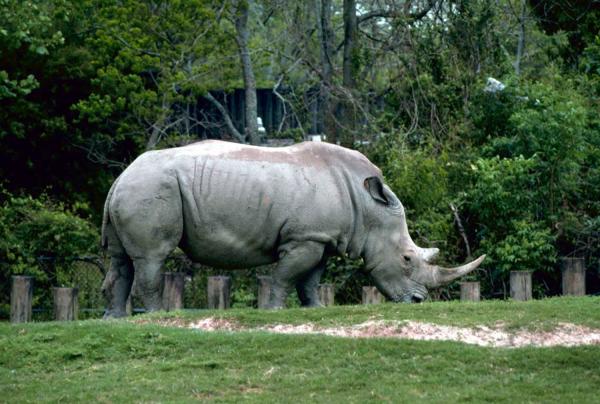
Perhaps the best-known odd-toed ungulate, the horse has evolved to stand and run on a single, robust toe—the hoof. This adaptation allows for high-speed, long-distance running.
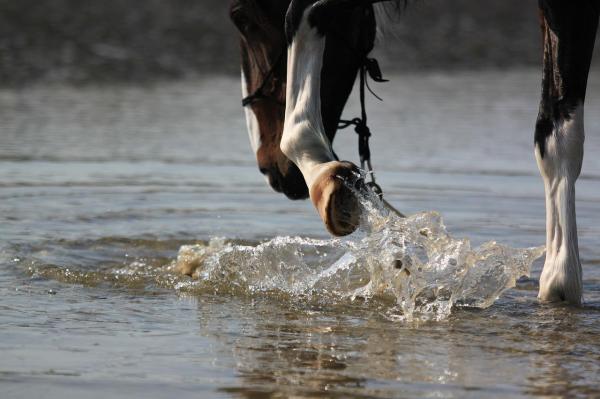
Tapirs are odd-toed ungulates, with four toes on the front feet and three on the back. Their widely spaced toes help them move across muddy or soft forest floors, and they feed mainly on leaves and fruits.
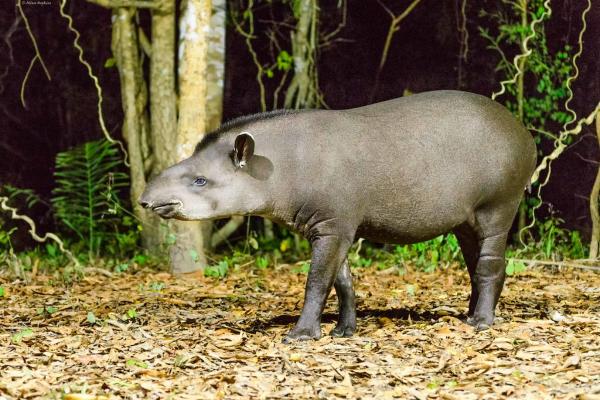
Warthogs are even-toed ungulates, each foot with four toes, the two central ones bearing most of the weight. Their tough, constantly growing hooves and omnivorous diet make them versatile survivors.
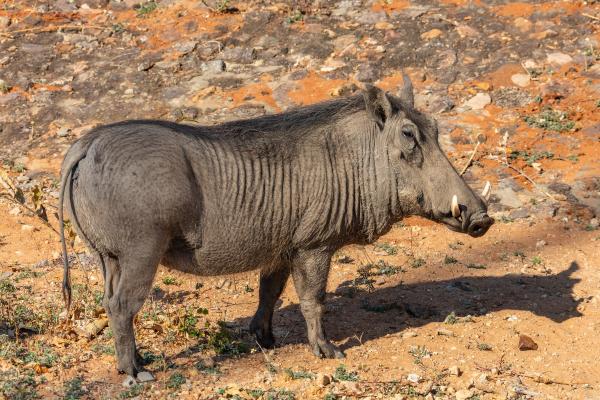
The smallest ungulate, the Javan mouse deer is a tiny even-toed ungulate without antlers. Males have visible fangs, and the species stands only 20–25 cm tall.
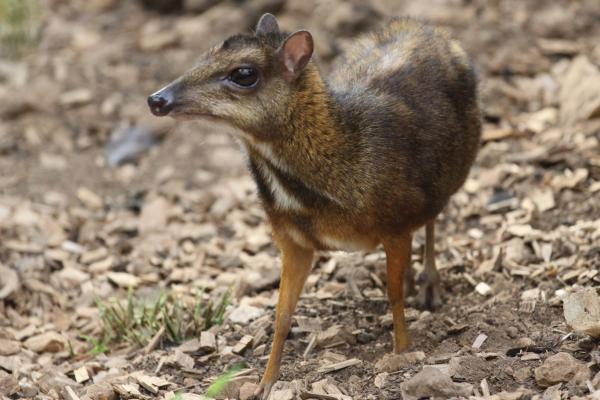
Despite their rodent-like appearance, hyraxes are primitive ungulates most closely related to Elephants-Are-Endangered.html">elephants and Manatees-Are-Endangered.html">manatees. They have four toes on the front feet and three on the hind feet, all with flat, hoof-like nails, and moist, rubbery pads for climbing rocks.

This is the largest deer in South America, an even-toed ungulate with four widely splayed toes, including webbing for walking on swampy ground. They primarily eat aquatic plants.
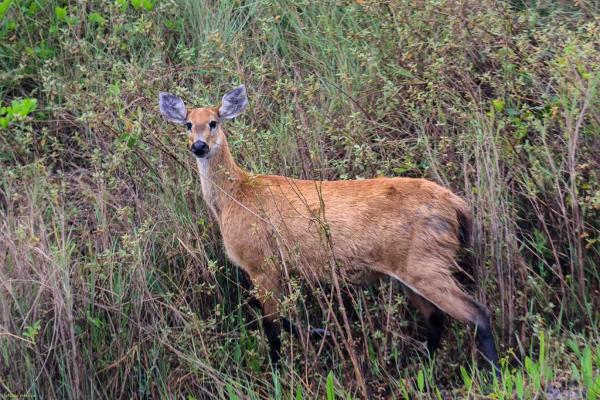
The fastest North American mammal, pronghorns are even-toed ungulates with only the central two toes developed and unique, branched horns. They can reach speeds of up to 100 km/h.
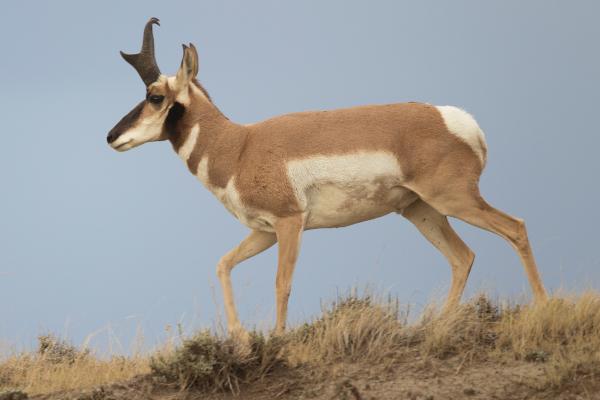
Bison are massive even-toed ungulates with split hooves. They are capable of running up to 65 km/h and play a key ecological role in North American grasslands.

A South American camelid, the guanaco is an even-toed ungulate with two toes per foot, ending in small nails and supported by soft foot pads. This adaptation helps them move easily across rocky and sandy terrain.
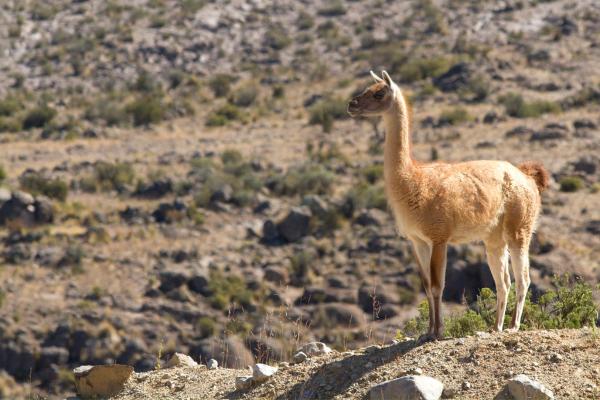
Ungulates play vital roles in ecosystems worldwide, serving as grazers, browsers, seed dispersers, and prey for large carnivores. Many species are endangered due to habitat loss, hunting, and other threats, including rhinos, wild asses, and pronghorns, emphasizing the need for active protection and conservation.
Conclusion
Understanding the diversity and ecological roles of ungulate mammals helps us appreciate the wonders of the natural world and raises awareness of the importance of wildlife conservation. For more fascinating animal science content, stay tuned to our website for the latest wildlife news!
animal tags: Ungulate Animals
We created this article in conjunction with AI technology, then made sure it was fact-checked and edited by a Animals Top editor.